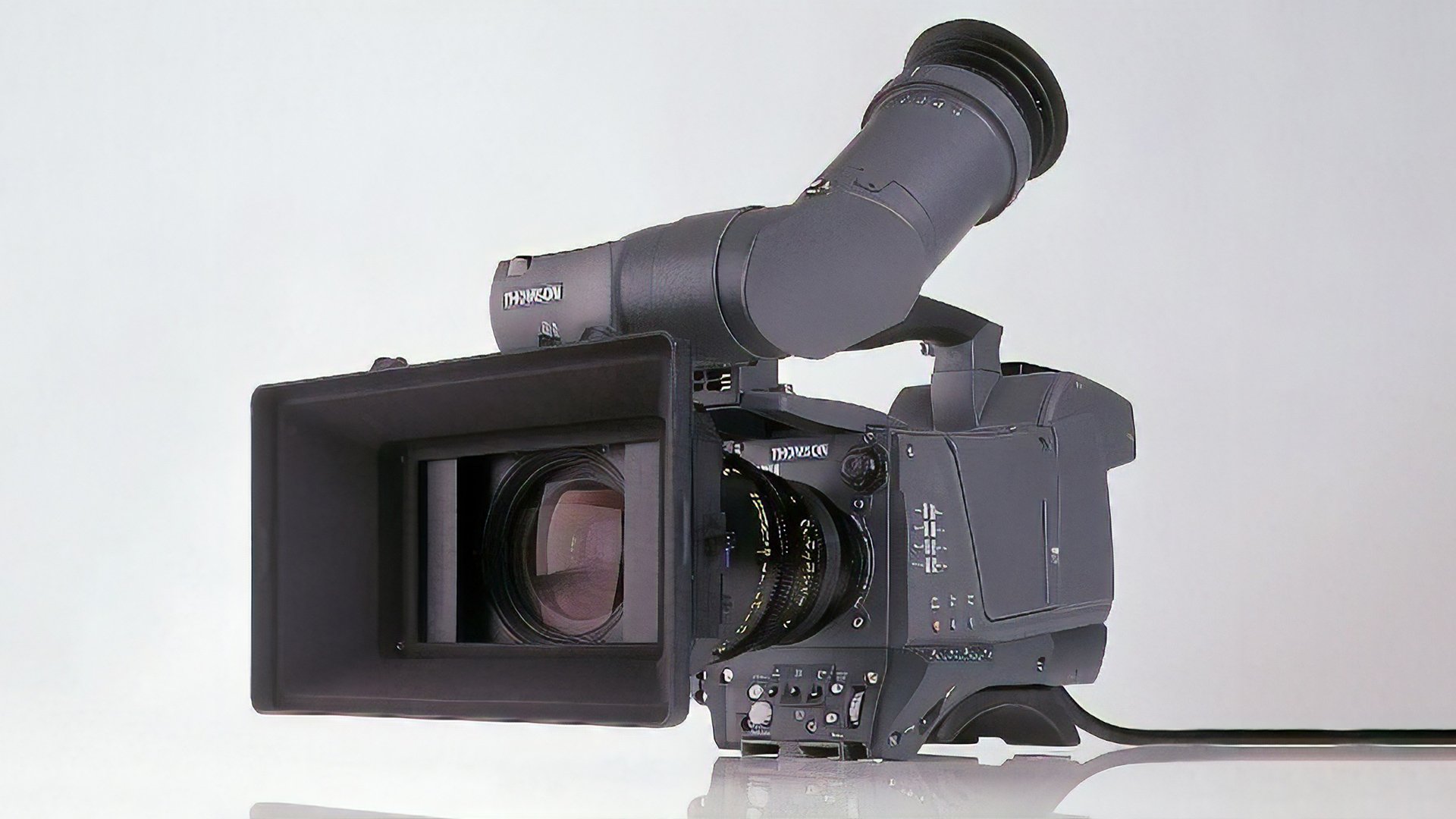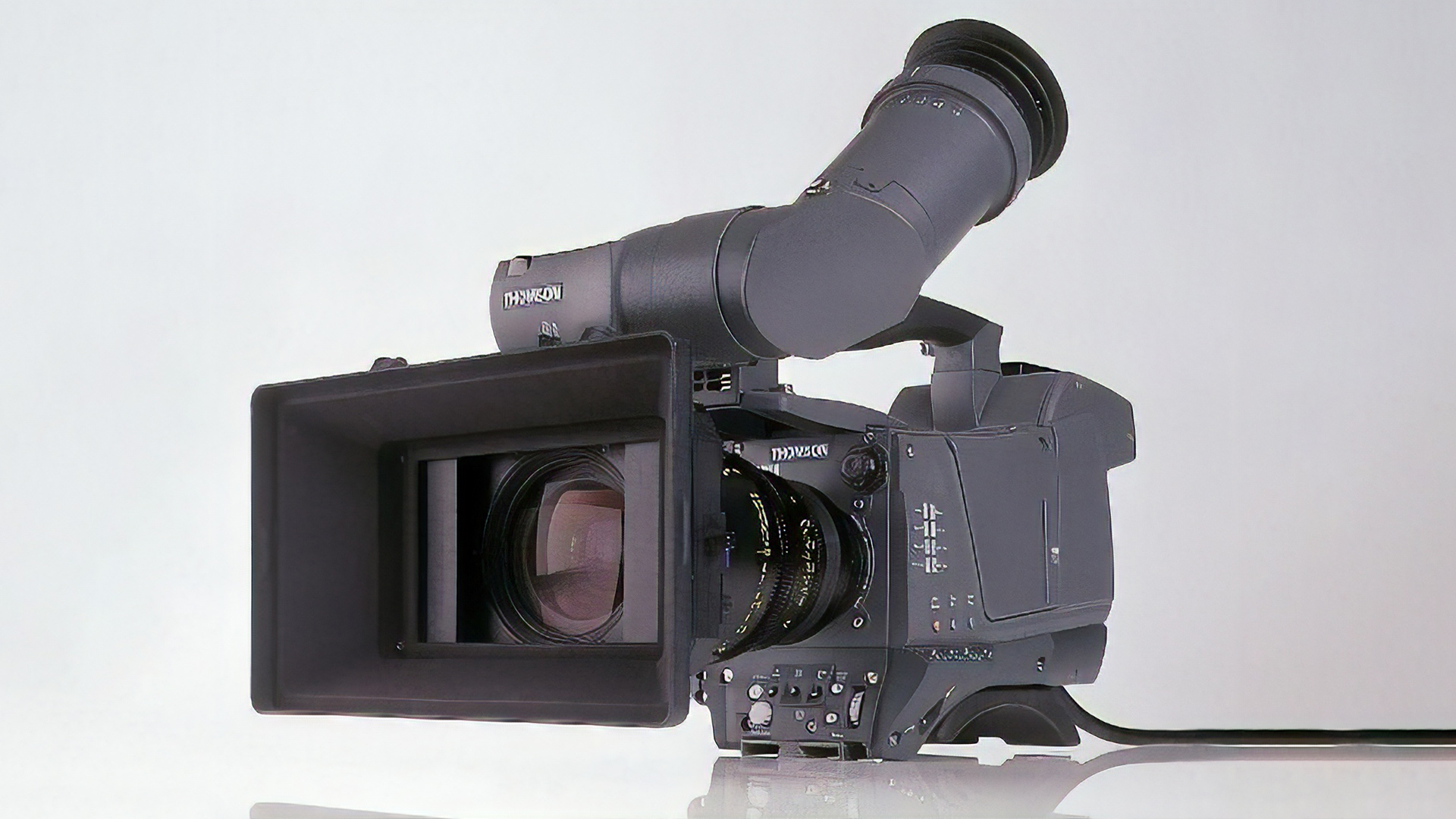
 The Thomson Viper Filmstream camera. 2/3
The Thomson Viper Filmstream camera. 2/3
The three-chip camera for cinema is dead, and it is very doubtful it will ever be back. Here's why.
Back at the beginning of the month, we replayed an article originally published some time ago which talked about the benefits of 3-chip and single-sensor cameras. It’s still an interesting read, but perhaps now better understood in the historic context in which it was written, because shooting 3-chip cameras for cinema is the next best thing to a dead technology, and the wisdom of investing in these older cameras is becoming more questionable all the time.
At the time of writing, there was a Sony F23 camera on eBay for $5,775. That’s about the most recent 3-chip camera intended to do cinema work, and shotonwhat.com, while never the most comprehensive database, doesn’t list any credits for it after 2010. Viper did perhaps a little better, with credits up to 2012, but the reality is difficult to ignore: 3-chip for cinema is a legacy concept for big-budget releases, and has been for pushing a decade.
It didn’t have to be this way. F23 and Viper are not 4K cameras, nor are they capable of high frame rates, nor are they particularly sensitive by modern standards, but it would be entirely possible to build something similar that would be competitive in the modern world. It’s not as if there haven’t been any developments in the field; Thomson now have very quiet, very sensitive 4K studio cameras, with high speed options, which would make it quite possible to produce a 4K, high speed capable version of Viper, in the same way that the original Viper was an evolution on the company’s very capable studio cameras. There’s every reason to do it, too. These 3-chip designs do both have the deep, rich colour reproduction of professional 3-chip cameras. With single chip designs, we have to sacrifice a bit (perhaps quite a bit) of sensitivity in return for that sort of colour performance.
Why hasn't it been done?
The reason it hasn’t been done is probably as simple as the size and volatility of the markets involved. One studio needs at least several cameras, and they tend to stay in place for years, given the relatively slow turnover of gear in broadcast TV. That makes it OK for the cameras to cost six figures, and makes for comparatively large sales per customer. Compare the situation with cinema cameras: a rental house’s fleet might comprise a handful of camera bodies and they’re likely to be out of date in eighteen months. The price competition is formidable even at the high end, and there are new pressures on size, weight, and power consumption that studio cameras do not feel, or at least not as keenly.
And, of course, there’s the fact that in 2019 everyone’s pushing for sensors the size of Le pont sur le torrent. Whether the desire for huge sensors, or the disdain for small ones, is sensible is a vexed topic that has been discussed at length elsewhere, so let’s suffice to say that f/4 was a common shooting stop on 35mm film, and has roughly equivalent depth of field to the f/1.3 apertures which are commonly achievable on 2/3” lenses.
People willing to think in that way have been buying F23s and Vipers, and glorious lenses such as Zeiss Digiprimes. But is this still really a good idea?
These days, no. Sorry, it isn’t, not in the general case. Something like an FS7 or Ursa Mini has vastly more imaging capability than any of those cameras and costs less even than these comparatively ancient, secondhand devices. Beware very cheap F23s which lack the crucial interface box, without which it’s difficult to record their output. If we’re thinking solely about HD output, it’s possible to scale down any 4K camera to produce staggeringly gorgeous, low-noise footage with a maximum of alias-free detail, because oversampling is beautiful.
About the only circumstance in which anyone should consider doing this is if we’re shooting documentary, at which point low cost, lightweight, high-capability zooms become crucial. But even then, who’s shooting glossy nature docs, with their need to reframe an unpredictable subject, in HD?
If you want to shoot personal projects, short films, and generally have fun, you could buy an old Viper, but to be honest you can now get far more capability for far less money. The benefits of 2/3” chips remain, particularly as regards lenses, but in 2019 those advantages are generally eclipsed by the sheer imaging capability of newer designs.
Tags: Production


Comments